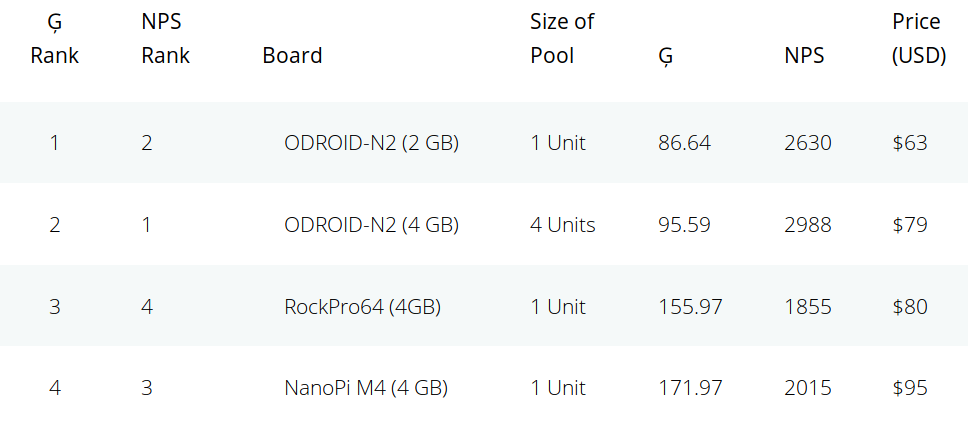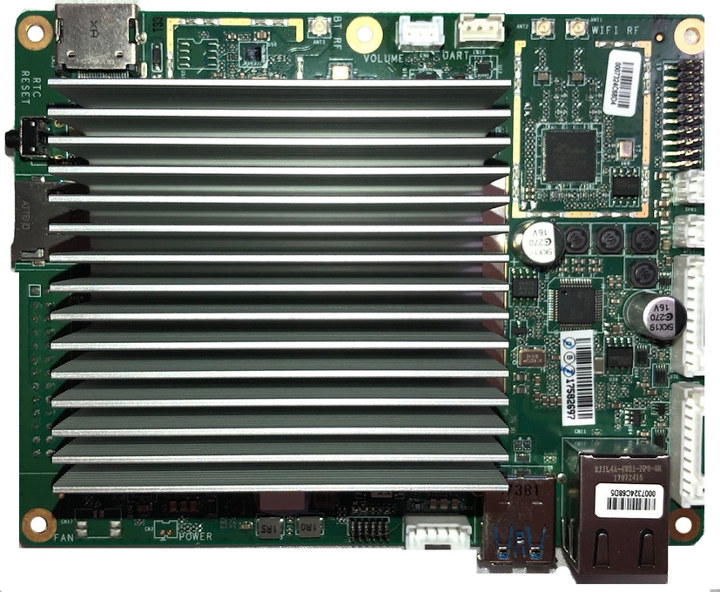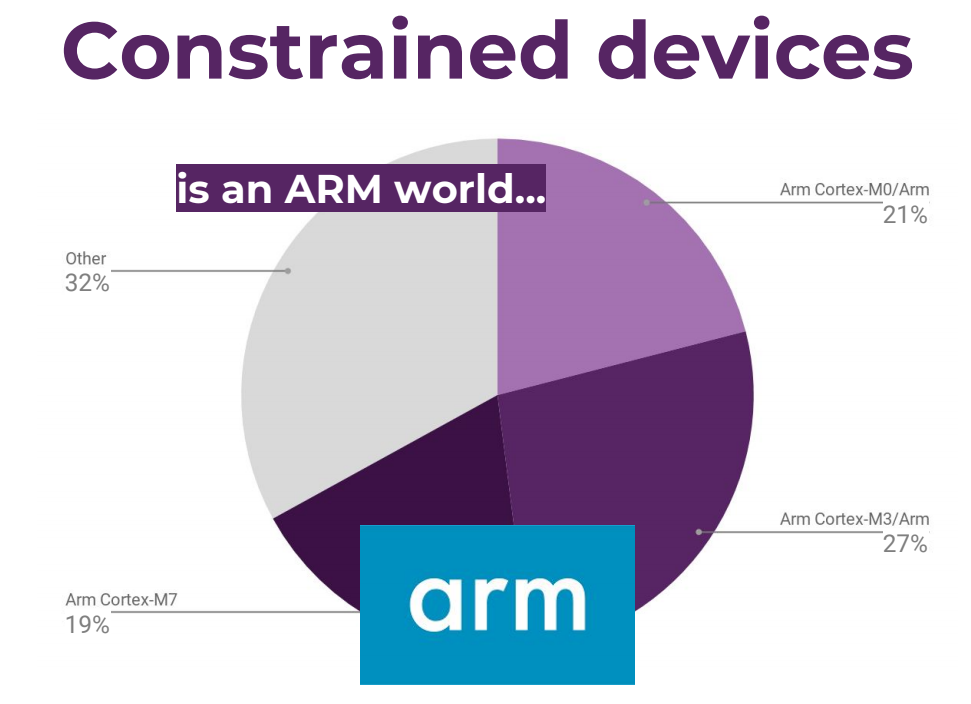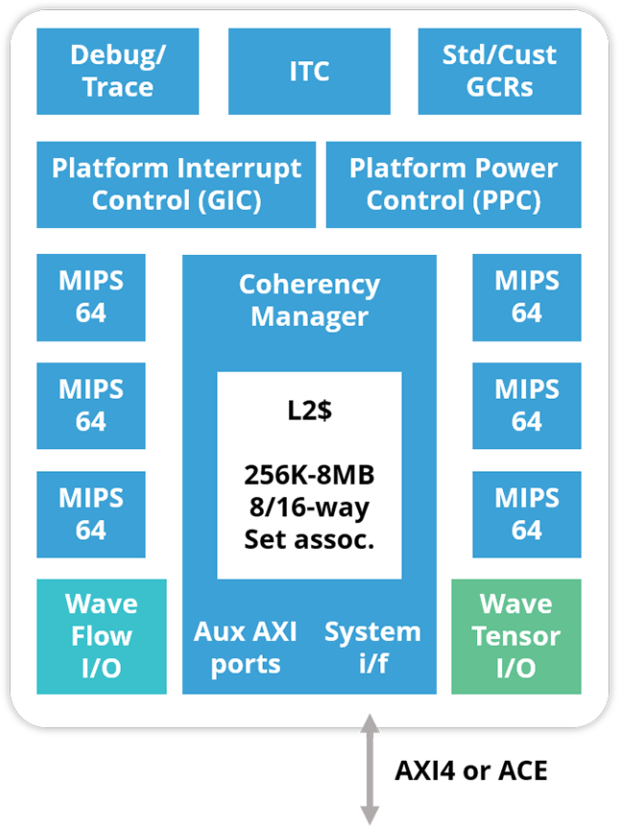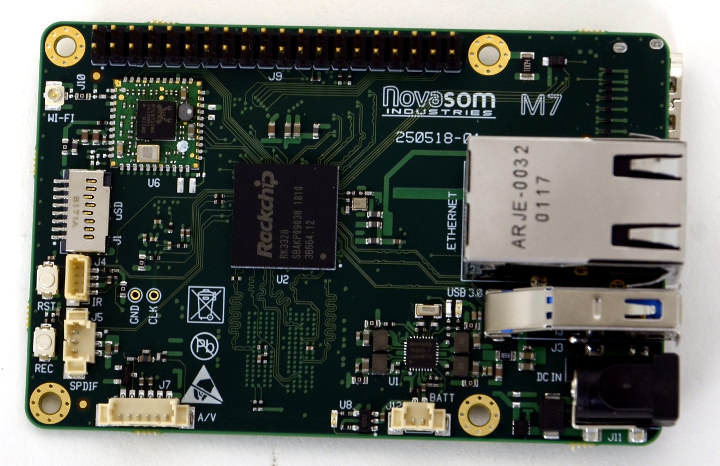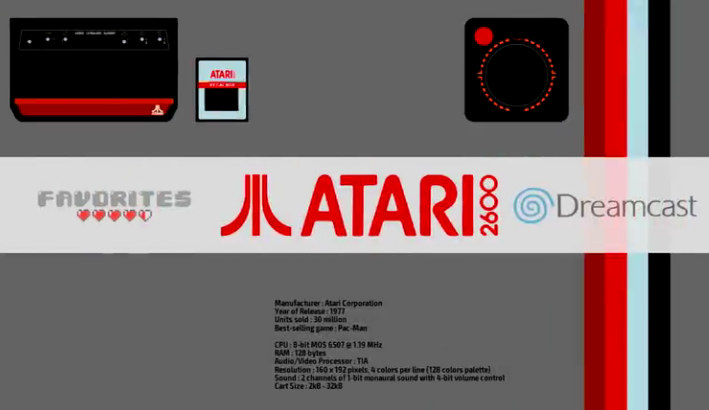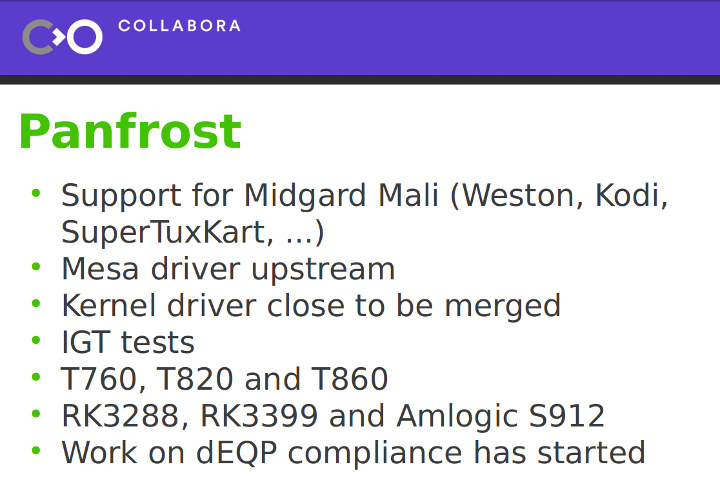[Update May 7, 2019: Giggle Score has been updated to use 7-zip to benchmark the boards instead of sysbench, and the “best value” rankings are now quite different] People like to compare single board computers, and usually want to have a simple answer as to which is better than the others. But in practice it’s impossible, because the beauty of SBCs is that they are so versatile and can be used in a wide variety of project, and that means in some cases the “best board” may be completely useless to you since it lacks a critical feature and interface for YOUR project be it H.265 video encoding or a MIPI DSI display interface. Still, it’s still always fun to look at benchmark scores and trying to compare SBCs, and for projects that mostly require CPU processing power it may also be useful. Robbie Ferguson has been developing and maintaining […]
$35 Atomic Pi Cherry Trail Linux SBC is now available worldwide
At the very end of last year, I covered Atomic Pi single board computer powered by an Intel Atom x5-Z8350 processor which was mostly interesting because of its incredibly low price: $34 and up. Getting an Intel board fof the price of a Raspberry Pi looked too good to be true, and being launched via a Kickstarter, the crowdfunding campaign raised suspicions. The board would also only ship to the US. Shipping was scheduled for January 2019, backers received their board around two months ago, and most people appear to be satisfied with the main struggle being powering the board since it requires some manual wiring for people who did not purchase the breakout board. So it’s real, it works, and the good news is that the board now sells on Amazon US for $34.50 with the company (DLI – Digital Logger Inc.) shipping worldwide. Here’s a reminder of the […]
Eclipse IoT Survey Report Reveals Arm & Linux Dominate, Security Concerns
The Eclipse IoT Working Group has just released a report asking the global IoT developer community to share their perceptions, requirements, and priorities. And with over 1,700 individuals taking the survey between February and March 2019, the key findings are interesting: IoT drives real-world, commercial outcomes today. 65% of respondents are currently working on IoT projects professionally or will be in the next 18 months. IoT developers mostly use C, C++, Java, JavaScript, and Python AWS, Azure, and GCP are the leading IoT cloud platforms Top three industry focus areas remain the same as last year: IoT Platforms, Home Automation, and Industrial Automation / IIoT. MQTT remains the dominant IoT communication protocol leveraged by developers The Eclipse Desktop IDE is the leading IDE for building IoT applications The last point may be slightly biased because the survey was done by the Eclipse IoT Working Group, so most respondents were already […]
MIPS Based TritonAI 64 AI IP Platform to Enable Inferencing & Training at the Edge
After announcing their first MIPS Open release a few weeks ago, Wave Computing is back in the news with the announcement of TritonAI 64, an artificial intelligence IP platform combining MIPS 64-bit + SIMD open instruction set architecture with the company’s WaveTensor subsystem for the execution of convolutional neural network (CNN) algorithms, and WaveFlow flexible, scalable fabric for more complex AI algorithms. TritonAI 64 can scale up to 8 TOPS/Watt, over 10 TOPS/mm2 using a standard 7nm process node, and eventually would allow both inference and training at the edge. The platform supports 1 to 6 cores with MIPS64r6 ISA boasting the following features: 128-bit SIMD/FPU 8/16/32/int, 32/64 FP datatype support Virtualization extensions Superscalar 9-stage pipeline w/SMT Caches (32KB-64KB), DSPRAM (0-64KB) Advanced branch predict and MMU Integrated L2 cache (0-8MB, opt ECC) Power management (F/V gating, per CPU) Interrupt control with virtualization 256b native AXI4 or ACE interface Here’s the […]
Novasom M7 SBC aims to be a Drop-In Replacement for Raspberry Pi 3 in Industrial Projects
Raspberry Pi boards are great for education and hobbyist projects, and while they are also found in industrial projects, they may not be the ideal solution for such commercial projects because of potential availability issues, stability issues in demanding environments, lack of certifications, and lack of commercial support. Novasom RASPMOOD family of SBCs aims to provide a drop-in replacement for Raspberry Pi based designs by providing mechanically and electrically compatible boards, as well as a software layer that allows the RASPMOOD boards to leverage the software you’ve already developed for your Raspberry Pi 3 design. Today we’ll specifically look at Novasom M7 “RASPMOOD” board – aka SBC-M7 – powered by a Rockchip RK3328 processor. Specifications: SoC – Rockchip RK3328 quad core Cortex-A53 processor with Mali-450MP4 GPU System Memory – Up to 4 GB DDR3 RAM Storage – Up to 256 GB eMMC Flash + uSD slot Video Output – HDMI […]
Getting Started with balenaFin Developer Kit, balenaOS and balenaCloud
balena Fin is a carrier board for Raspberry Pi Compute Module 3/3+ designed specifically for industrial applications leveraging fleet management services provided by Balena. I received balenaFin developer kit last month, and in the first part of the reviewed shows how to assemble the kit. I’m now had time to spend more time with the kit, as well as BalenaOS Linux based operating system optimized for running Docker containers on embedded devices, and balenaCloud services to manage a fleet of devices from a web dashboard. I’ve mostly followed the instructions in the getting started guides here and there, and will document what I had to do to prepare the image, flash it to the board, and load a sample docker application locally, and through balenaCloud. Downloading and Configuring BalenaOS for balena Fin You’ll find BalenaOS in the download page. While we are using hardware based on a Raspberry Pi Compute […]
Batocera.Linux OS Combines Kodi & Retro Gaming for Raspberry Pi & ODROID Boards
There are already several ways to run retro games on development boards, with for example RetroPie, and derivatives like RetrOrangePi, Lakka and Recalbox. Batocera.Linux is another option that I had never heard about so far, and works on PCs, as well as Raspberry Pi and ODROID boards, with ODROID-N2 support having been added very recently. batocera.linux operating system can easily be run from a USB flash drive on your computer without altering your existing OS, while it will boot from a standard microSD card on Raspberry Pi and ODROID boards. Beside retro-gaming support, the OS also includes Kodi media center for playing videos, or listening to music. You may even play games in it since retro-gaming support was added in Kodi 18. The partial compatibility table above shows all platforms have a different level of support, and for Intel hardware support more emulators than Arm based boards. The Orange arrow […]
Panfrost is an Open Source Driver for Arm Mali Midgard GPUs
Getting GPU drivers to work on Linux with Arm SoCs was really a struggle a few years ago due to close-sources binary blobs that required all bugs to be fixed by a single team. But in recent years we’ve seen good progress with open source mobile GPU drivers including Freedreno for Adreno GPUs, and Etnaviv for Vivante GPUs. Arm Mali also got its own open source Lima driver worked on for many years but only for older Utgard GPUs (Mali 400, Mali 450). However, during the Opensource GPU Drivers BoF at Linaro Connect Bangkok 2019, Rob Herring, Technical Architect at Linaro and Tomeu Vizoso, Principal Software Engineer at Collabora, discuss the status of drivers, and I learned about an open source driver for Mali Midgard (Mali-T6xx, Mali-T7xx) GPU called Panfrost. As we’ll see below, the driver is already capable of running basic demos, has been upstreamed to Mesa, and tested […]


